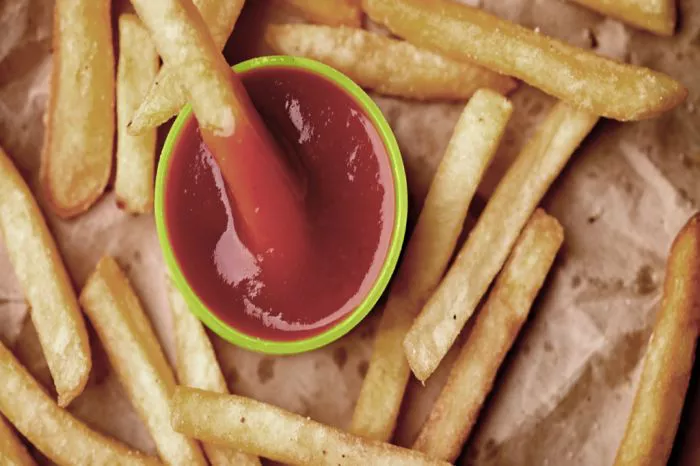The process of making fast food burgers involves several steps, from sourcing ingredients to assembling the final product. While specific procedures may vary slightly between different fast food chains, the general process typically follows a standardized approach to ensure consistency and efficiency. In this detailed exploration, we’ll delve into each stage of the fast food burger-making process.
1. Ingredient Sourcing and Quality Control
Beef Patties:
Sourcing: Fast food chains often source beef from large-scale suppliers or meat processing companies.
Quality Control: Suppliers adhere to strict quality standards and regulations to ensure the safety and freshness of the beef.
Grinding and Forming: Beef cuts are ground and formed into uniform patties using industrial machinery.
Other Ingredients:
Buns: Buns are typically sourced from commercial bakeries and delivered to fast food restaurants pre-sliced and ready for use.
Cheese, Vegetables, and Condiments: Cheese slices, lettuce, tomatoes, onions, pickles, sauces, and condiments are sourced from various suppliers and stored according to food safety guidelines.
2. Food Preparation
Beef Patties:
Cooking: Beef patties are cooked on grills or flat-tops, usually for a specific duration on each side to ensure proper doneness and flavor development.
Temperature Monitoring: Cooks use thermometers to monitor internal temperatures and ensure that patties reach the required level of doneness to meet food safety standards.
Seasoning: Some fast food chains season beef patties with proprietary blends of spices and flavorings to enhance taste and aroma.
Buns:
Toasting: Buns are toasted on grills or conveyer belt toasters to achieve a golden-brown crust and warm interior.
Assembly Line Setup: The assembly line is organized with stations for each ingredient to facilitate efficient burger assembly.
Vegetables and Condiments:
Preparation: Vegetables such as lettuce, tomatoes, and onions are washed, sliced, and stored in refrigerated containers for freshness.
Portion Control: Condiments like ketchup, mustard, and mayonnaise are portioned into individual packets or dispensers to ensure consistency in flavor and presentation.
3. Burger Assembly
Standardized Process:
Bottom Bun: The bottom half of the bun is placed on a tray or assembly line conveyor to begin the burger-building process.
Assembly Line Workers: Trained staff members, often referred to as “sandwich artists” or “grill cooks,” assemble burgers according to standardized procedures to ensure consistency across locations.
Layering Ingredients: Each ingredient is carefully layered on the bottom bun in a specific order to optimize flavor and texture.
Cheese: Cheese slices are placed on the warm beef patty to allow for melting.
Vegetables: Lettuce, tomato, and onion slices are placed on top of the cheese.
Condiments: Sauces and condiments are added according to customer preferences, often in predetermined amounts to maintain portion control.
Top Bun: The top half of the bun is placed on top of the assembled ingredients to complete the burger.
4. Packaging and Presentation
Packaging:
Wrapping: Burgers are typically wrapped in branded paper wrappers or foil to preserve warmth and maintain structural integrity during transport.
Containerization: Wrapped burgers are placed in paper or cardboard containers for easy handling and presentation to customers.
Presentation:
Quality Checks: Before serving, burgers undergo final quality checks to ensure that they meet visual and taste standards.
Order Accuracy: Staff members verify that each order is prepared correctly and includes all requested ingredients and condiments.
Service: Burgers are served to customers either at the counter or through drive-thru windows, with attention to speed and accuracy to maintain customer satisfaction.
Conclusion
The process of making fast food burgers involves a carefully orchestrated series of steps, from ingredient sourcing to final presentation, designed to deliver consistent quality and flavor to customers. While the specific procedures may vary between different fast food chains, the underlying principles of efficiency, standardization, and quality control remain consistent across the industry. By adhering to rigorous standards and employing trained staff, fast food restaurants are able to produce millions of burgers each day, satisfying the appetites of customers around the world.

